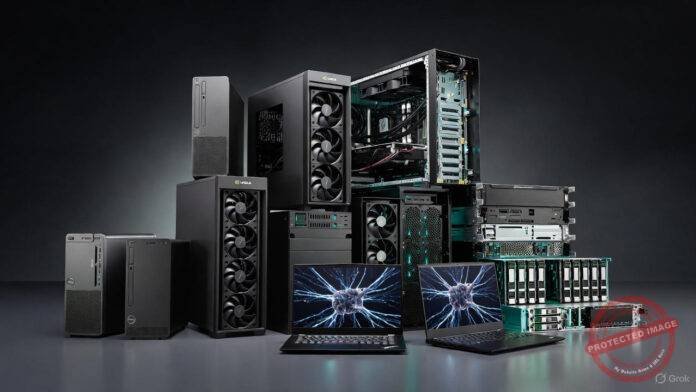Enterprises and consumers brace for a synchronized upgrade wave as security, compliance, and AI-readiness converge.
The ticking clock: security, compliance, and cost of delay
Windows 10 leaving support isn’t just a patch calendar change—it’s a widening security surface and compliance headache. Unpatched endpoints gradually become audit findings; cyber-insurers harden underwriting; and line-of-business apps begin to refuse installations on legacy builds. The longer organizations wait, the more they spend on exceptions, one-off fixes, and help-desk escalations.
Hardware gates raise the bar
Windows 11’s baseline requires TPM 2.0, modern CPU instruction sets, and virtualization-based security, quietly retiring a swath of pre-2019 systems. OEMs now center their roadmaps on hybrid CPUs, Wi-Fi 6E/7, SSD-only storage, and higher-quality webcams and microphones. For fleets, this translates into meaningful gains: quieter thermals, instant-wake, better battery life, and sturdier remote-work ergonomics.
The NPU era changes upgrade math
Neural processing units (NPUs) are arriving across form factors, enabling on-device transcription, background blur, live captions, and low-latency copilots without shipping every frame to the cloud. For security teams, local inference reduces data egress; for end users, it cuts lag on calls and creative workflows. The result: organizations can justify upgrades not only for risk reduction but also for measurable productivity gains.
Budgeting, sustainability, and right-sizing
CFOs remember pandemic-era overprovisioning. Today’s refresh strategies right-size configs: 16–32 GB RAM for most knowledge workers, integrated graphics where possible, and discrete GPUs reserved for CAD, media, and data science. Device-as-a-service options flatten CapEx spikes; certified refurb programs reduce e-waste and support ESG targets without compromising performance.
Channel and supply chain dynamics
Lead times are calmer than in 2021–2022, though top-bin mobile CPUs, LPDDR5X, and high-capacity NVMe drives can still bottleneck. Savvy buyers are sequencing migrations: pilot waves validate images and apps; departmental waves hit 70–80% of endpoints; exception clean-up tackles specialized peripherals and legacy software. Trade-in credits and standardized docks help stretch budgets.
Management modernization: from imaging to cloud provisioning
Forced OS moves are perfect for cleaning up identity sprawl, adopting passkeys, and consolidating device naming. MSIX packaging, winget deployment, and MDM-first provisioning cut “snowflake PC” variance. Firmware-management hygiene (including coordinated BIOS, driver, and dock updates) reduces blue-screens and ticket volume during the rollout peak.
Consumer lens: the quiet upgrades that matter daily
Users may not care about TPMs, but they feel the difference: steadier Wi-Fi, instant wake, hours more battery, and AI-assisted audio/video that helps every call. Mid-tier laptops now ship with 1080p+ webcams, beamforming mics, and studio-class noise suppression. Those creature comforts increasingly outweigh raw benchmark deltas in purchase decisions.
Developer and ISV considerations
Developers benefit from improved driver models and security defaults, while ISVs tune for multi-threaded schedulers and GPU/NPU acceleration. Local small-model inference tightens feedback loops for prototyping. Teams that adopt reproducible builds, containerized dev environments, and stricter memory protections glide more smoothly through the transition.
Closing Thoughts
The Windows 10 sunset is both deadline and opportunity. Treat it as a strategic modernization: map personas, pilot early, standardize on two or three platforms, and prioritize battery life, thermals, and on-device AI. Organizations that plan now will experience a controlled, confidence-building upgrade—rather than a last-minute scramble.
Author and Co-Editor are:
Serge Boudreaux – AI Hardware Technologies, Montreal, Quebec
Peter Jonathan Wilcheck – Co-Editor Miami, Florida
Post Disclaimer
The information provided in our posts or blogs are for educational and informative purposes only. We do not guarantee the accuracy, completeness or suitability of the information. We do not provide financial or investment advice. Readers should always seek professional advice before making any financial or investment decisions based on the information provided in our content. We will not be held responsible for any losses, damages or consequences that may arise from relying on the information provided in our content.



